Why Everyone's Suddenly Obsessed with Two-Tone Again
Lifestyle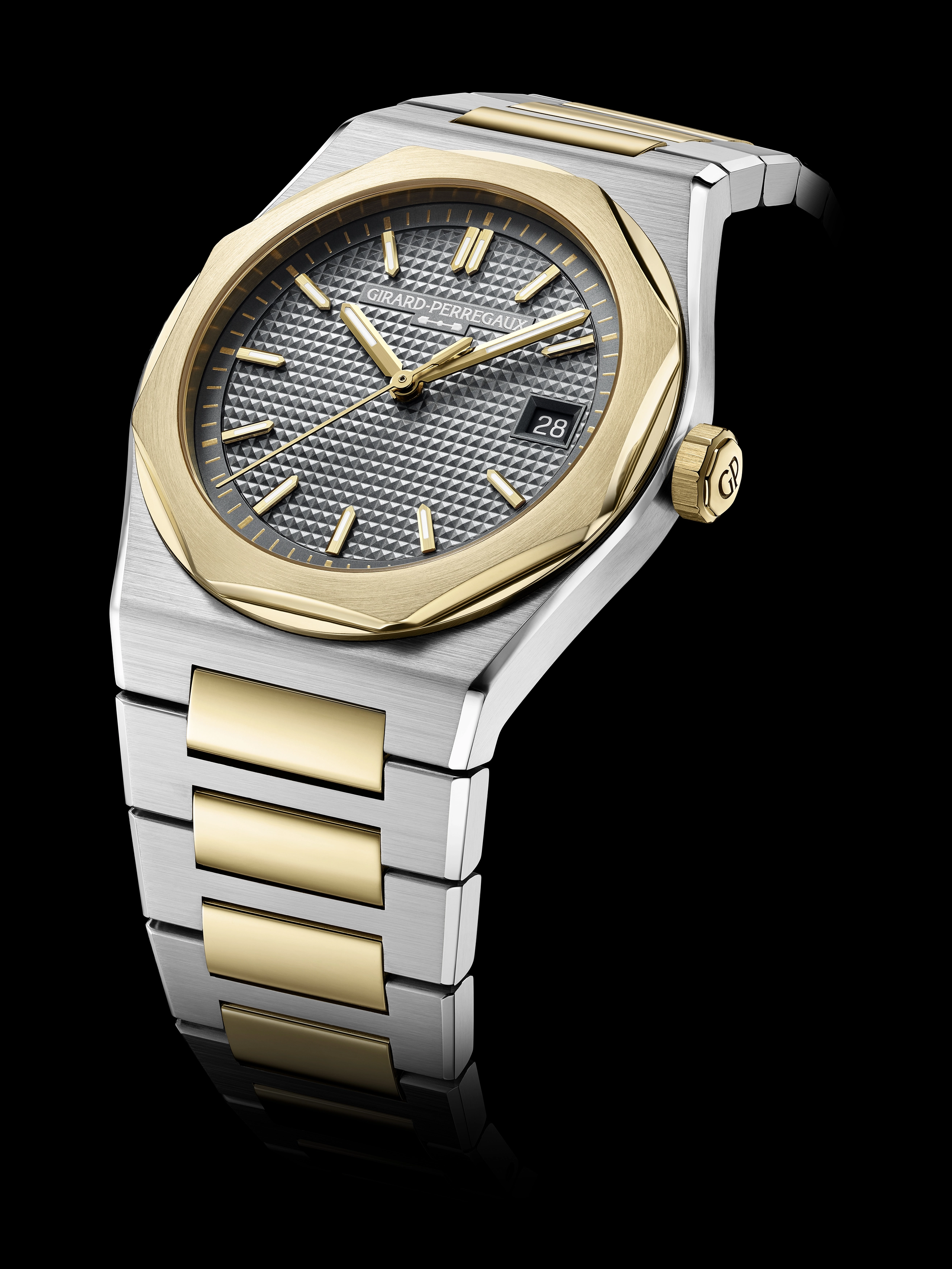
Gold and steel once carried a stigma. For years, it was treated like the watch-world equivalent of frosted tips and shoulder pads: loud, dated, and desperate for relevance. But two-tone is back, baby! Not as a punchline or an ironic throwback, but as one of the most in-demand styles on the market. The mix of warm gold and cool steel has quietly become one of the defining aesthetic comebacks in modern watch design. Who’d have thought?
The stigma that never quite died
For a long time, two-tone watches were shorthand for a certain kind of 1980s excess. They were flashy, often oversized, and tied to an era when success was measured by how reflective your wrist looked under the sepia-toned lighting of the bougiest restaurants. By the 2000s, the pendulum had swung decidedly in the other direction. Collectors leaned toward minimalism, tool-watch purity, and the stealth wealth of full stainless steel. Gold, if worn at all, needed to be discreet.
As Justin MacDowell, Watch Specialist at European Watch Company, put it, “Even just a few years ago, two-tone pieces were still widely regarded as old man watches and sold for a discount on the secondary market when compared to their single-metal relatives.” That reputation has changed dramatically. “Now, the stigma has all-but disappeared and buyers both young and old are once again rocking some gold,” he said.
The modern approach to an old formula
Partly, time has helped soften old perceptions. Nostalgia is a powerful force, and enough distance has passed for the '80s era’s aesthetic to feel charming again rather than cringeworthy. But more than that, today’s two-tone pieces are different. They reinterpret the concept with modern restraint rather than simply reviving the previous look. Where older two-tone watches often relied on heavy yellow gold and glossy contrast, modern iterations use subtler shades, more integrated design, and better material transitions. Brands have learned that balance is everything.
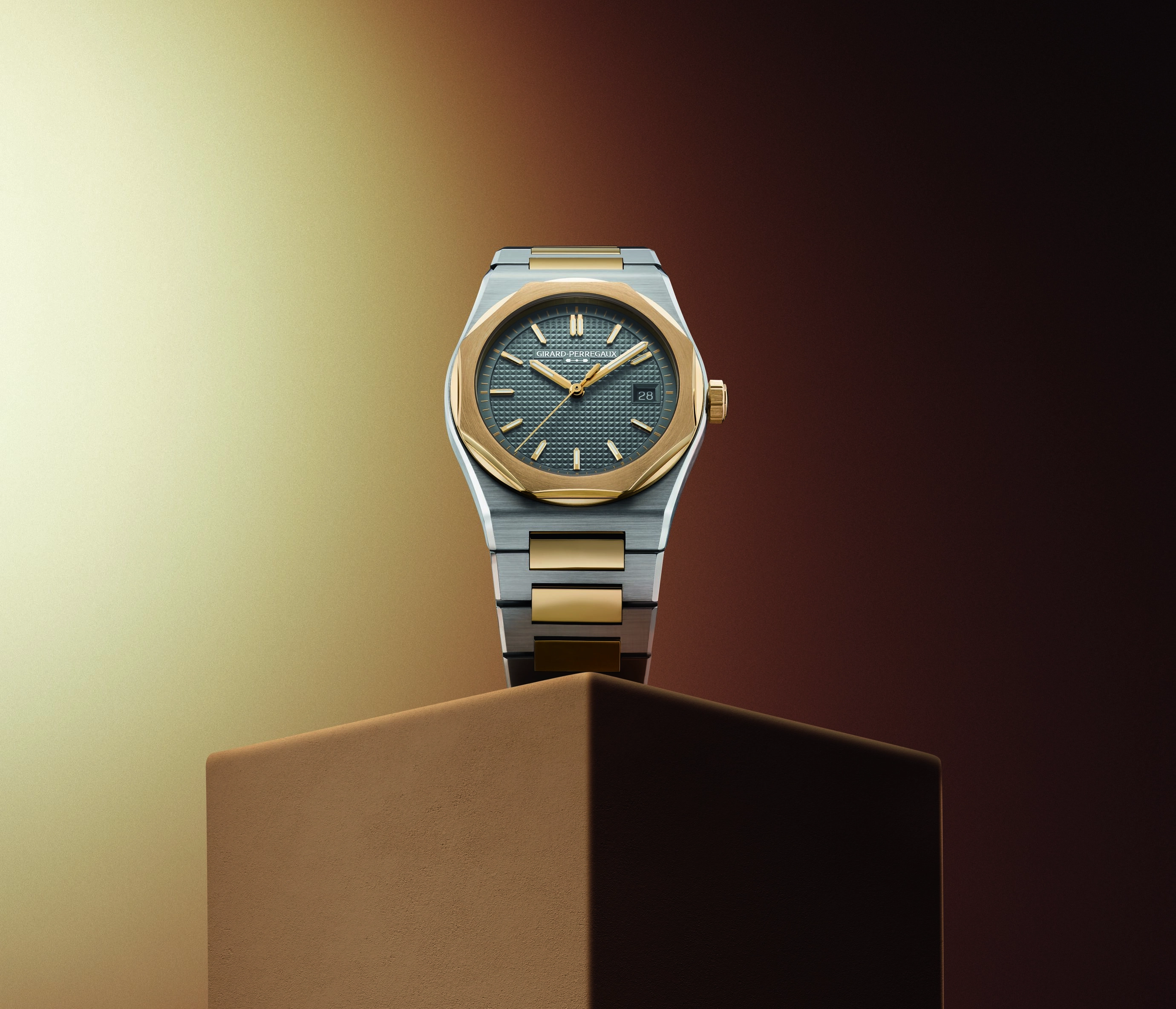
Girard-Perregaux’s new Laureato Fifty in gold and steel is a perfect example. It doesn’t scream for attention; instead, the soft tone of the pink gold bezel and links complements the brushed steel case with a quiet confidence. The mix feels natural and not forced, proving that two-tone can look sophisticated without relying on nostalgia alone. Likewise, Rolex’s “Root Beer” GMT-Master II pairs Everose gold with steel in a way that feels surprisingly understated,showing that even the most recognizable luxury brand can find fresh relevance in a retro palette.
The psychology of contrast
Part of two-tone’s appeal is emotional. Collectors today crave versatility and identity. Full steel can feel a little too anonymous, while full gold still signals a level of flash that many aren’t comfortable with on a day-to-day basis. Two-tone bridges that gap; it feels luxurious without shouting about it.
It also photographs beautifully. The play between warm and cool tones gives a dynamic depth that translates perfectly to social media, where so many collectors first encounter new models. That visual richness has undoubtedly played a role in reviving its popularity.
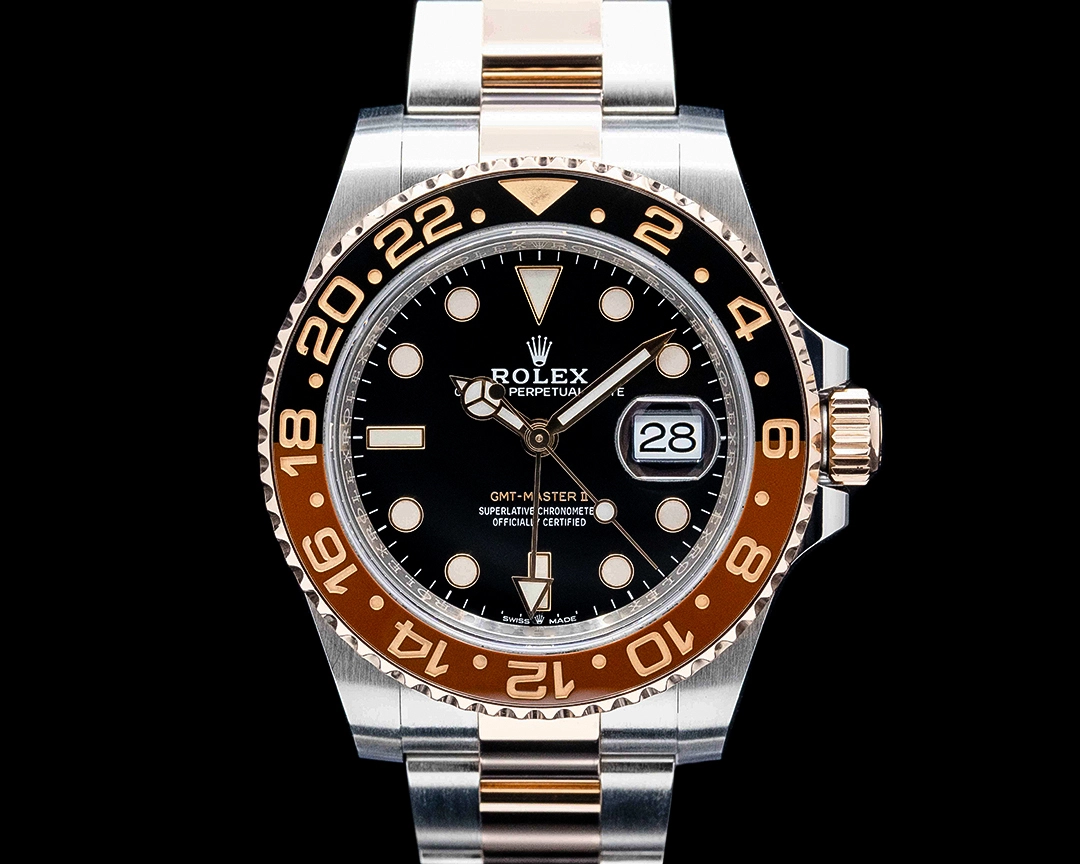
Then there’s the cultural swing toward more expressive design. Over the past few years, watch trends have moved from matte-finished tool watches to colorful dials, ceramic bezels, and playful textures. Two-tone fits naturally into that story. It is a bold visual choice, but one grounded in tradition.
Who’s doing it best
Not every brand nails the mix. The line between tasteful and tacky is a fine one. When the balance is right, the results sing.
Rolex remains the benchmark. The two-tone Submariner and the Everose Rolesor GMT-Master II “Root Beer” deliver a clear identity without overwhelming. MacDowell said that “Root Beer GMTs, two-tone ref. 124273 Explorers, and even two-tone Nautilus variants (5980/1AR) and Daytonas” are all selling very well. “Sport models on bracelets tend to be the most popular two-tone models, ” he added, noting that the shift has spread across both sport and dress categories.
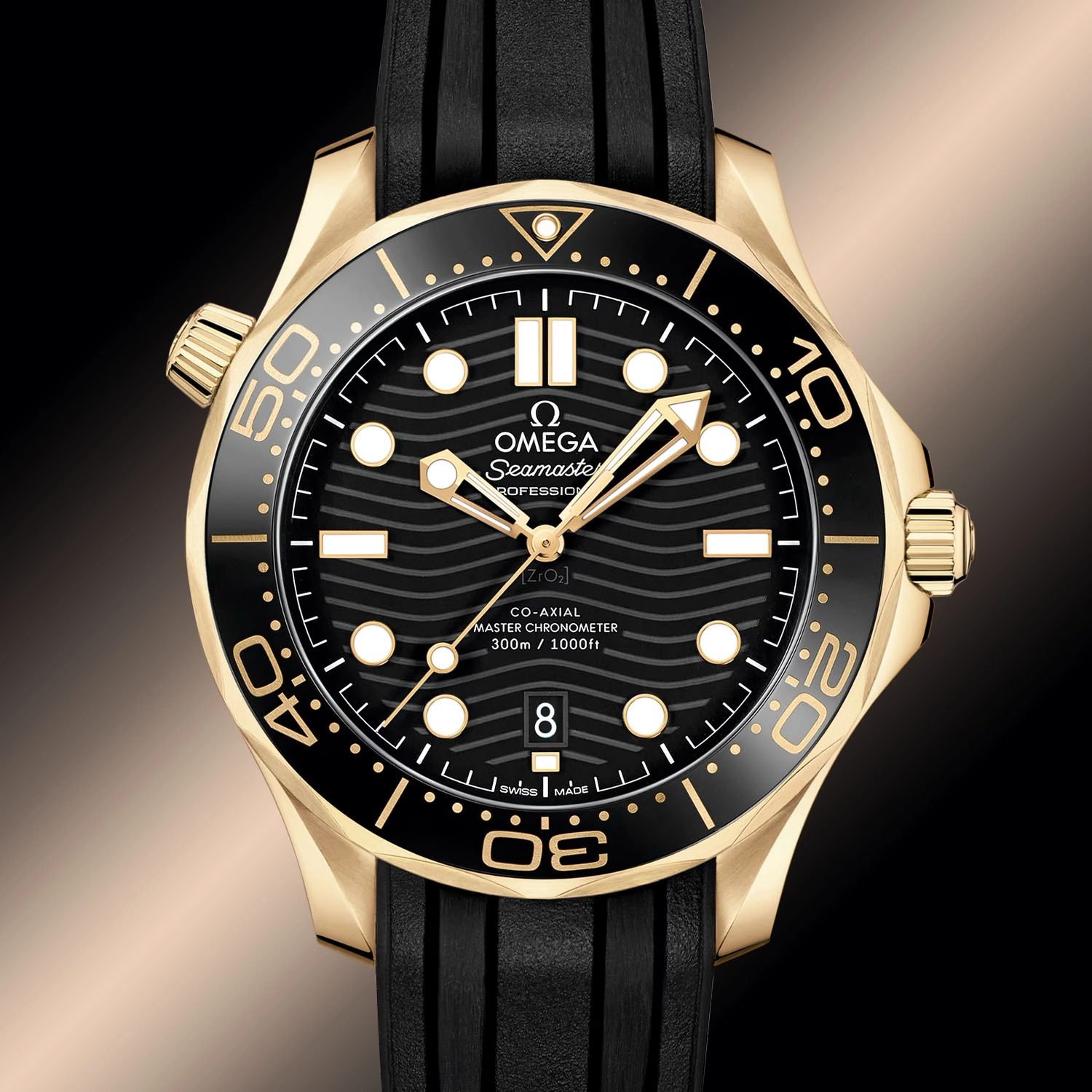
Omega’s Seamaster Aqua Terra and Seamaster Diver 300M in steel and Sedna gold shows how refinement can meet everyday practicality, with brushed surfaces keeping the gold from feeling too glossy. Cartier’s Santos in steel and gold is a masterclass in proportion, as elegant now as it was decades ago.
MacDowell pointed out that the appeal isn’t limited to sports models. “We’ve seen dressier pieces like the AP Code 11.59 in white and rose gold, or black ceramic and white gold gain in popularity as well, ” he said.
For more accessible options, Tissot’s PRX offers a credible gateway into the look. The brand uses PVD-coated gold accents with steel to deliver the vibe at a friendly price, and the design’s integrated case and bracelet help the transition between metals feel cohesive. Longines also deserves a nod with tasteful two-tone variants across its Spirit and HydroConquest families, where brushed finishes and moderate gold accents keep things contemporary.
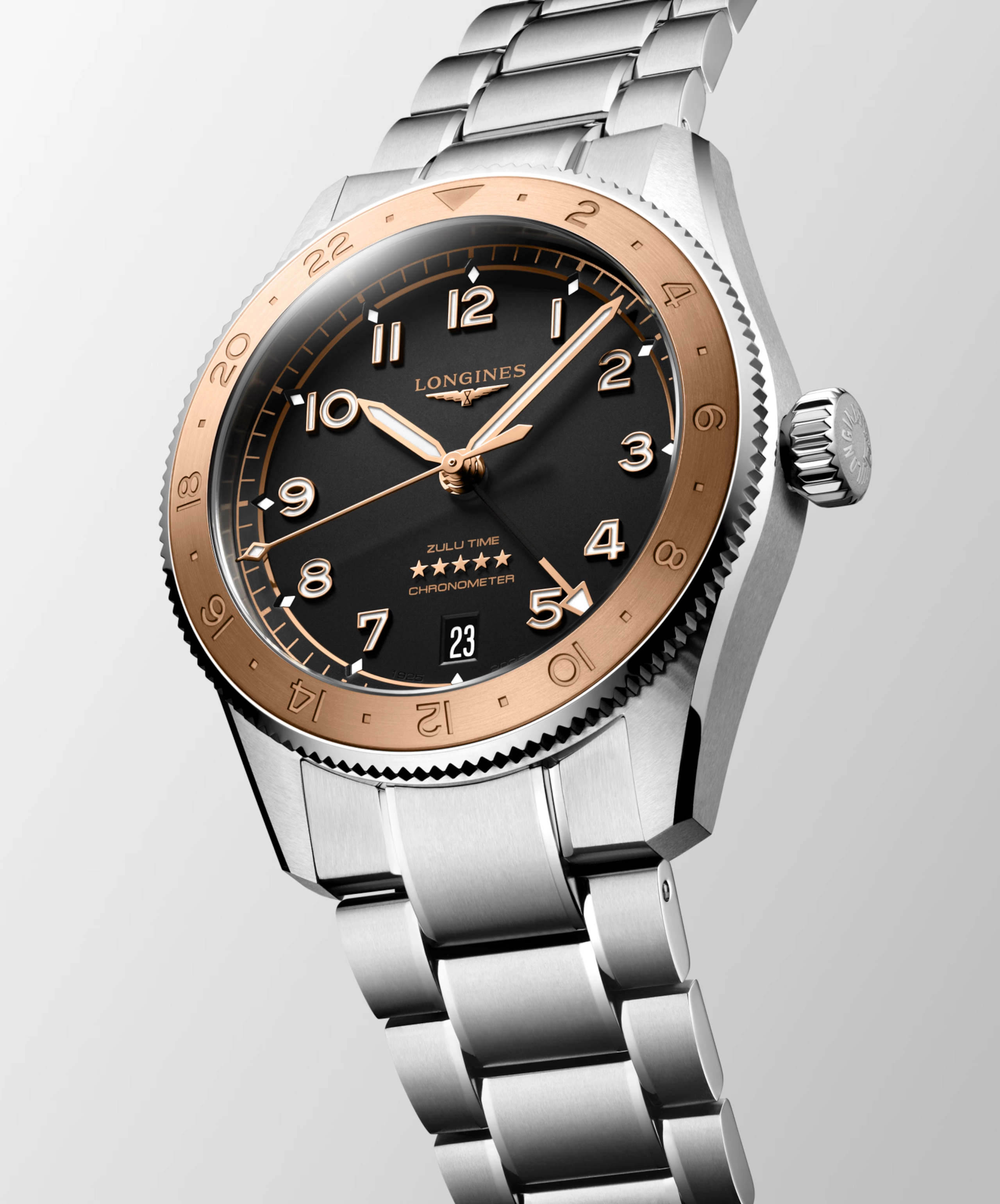
Common threads run through the best examples. Restraint. Brushed over polished. Thoughtful placement of gold where it naturally catches light, like bezels and center links, rather than big slabs that dominate the design.
Why it’s more than just fashion
Two-tone’s revival goes deeper than seasonal trends. It represents a kind of reconciliation between luxury and utility, heritage and modernity, personality and practicality. The best examples prove that when those contrasts are handled well, balance never really goes out of style.
For collectors, the shift also signals a more mature mindset. People are less focused on showing off and more drawn to what feels right, what tells a story, and what brings variety to a collection. Two-tone, once mocked for trying too hard, has finally found its confidence again. Maybe that’s why everyone is paying attention.